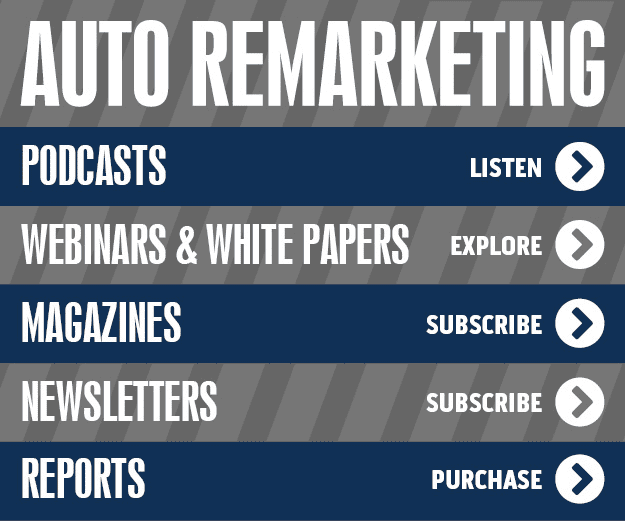Paint Protection Film
If your dealership is not applying paint protection film in house, you are losing huge profits.
For the past seven to eight years, paint protection film has grown in popularity among dealers and consumers.
Applying PPF is not rocket science, but there are several techniques an applicator must know to get a professional result.
Installers must get formal training that is offered by most major film manufacturers/suppliers. Also, there are some things to consider that can help the installer improve.
The location where PPF is applied and pre-cleaning techniques are both things to keep in mind.
1. Location
For a proper and professional PPF, apply it indoors.
You will also want to make sure you have a controlled environment to apply a PPF. Applying a PPF outdoors leaves too many chances for problems.
Your indoor environment must also be clean to avoid fouling the film. The cost of PPF material is far more expensive than window film, so a redo is going to cost a lot.
You can always find somewhere in your dealership that you can take the vehicle.
2. Pre-Cleaning Critical
Having a clean environment is important, but you also want a clean vehicle on which to apply the film.
A properly pre-cleaned vehicle has been washed — all insect residue, dirt, wax, and road film removed.
Properly preparing the surface is vital to a proper application. Every film manufacturer has their favorite cleaning products, so be sure to follow their specific film instructions.
3. Temperature
Temperature is another critical factor in PPF application. If the surface is too hot, paint protection films will adhere too quickly, reducing the time needed to adjust the film.
If the surface is too cool, the film will not maintain elasticity and will be hard to properly apply. Each film supplier will have specific temperature ranges in which to perform installation.
Many say 75 degrees, with a 10 degree range up or down. If you go below 55 degrees, the film has no stretch. If you go above 95 degrees, the adhesive will grip the surface so aggressively that large pieces won’t reposition after they have been applied.
You can use a heat gun or hair dryer to bring the surface up to the desired temperature range. And if the vehicle is too hot, there are a couple of things that can be done to the surface.
Keep a spray bottle in a cooler, or fill the spray bottle with ice. The really cold water on the film will change the temperature enough to give the installer a couple of extra minutes to work with. In the winter, use warm water.
4. Proper Equipment & Solutions
As with any car care service, the right equipment, tools and solutions play a critical role in providing the desired result. While a PPF install doesn’t require complicated tools like detailing, it does require the correct ones. In some cases, all you need is a soap and water mixture, an alcohol and water mixture, spray bottles, a squeegee, towels and a razor knife to cut or modify the film.
5. Saving Time
Talk to anyone who installs PPF, and they will have a number of suggestions on how to save time. For example, having a mobile workspace table for cutting, or having a toolbox with everything needed in one place, will help you get quicker results. But the biggest time saver is experience.
The experienced PPF installer knows many tricks a novice will not know. Using an experienced installer saves both time and money.
Having a rolling chair for installers is also important to reduce one of the biggest problems — installer fatigue.
When you are installing, you are usually down low, and the chair allows for rolling around quickly back and forth.
A PPF installer needs to be focused with a clear head, allowing time to take a surgical approach to the installation without interruptions.
These suggestions for performing effective and efficient PPF installation are only provided as guidelines. You need to have professionally trained installers.
These training courses, provided by all major film providers, will cover the information discussed here, as well as specifics about the materials themselves. They will even cover how to market PPF services, as well as provide in-depth information on how to do the job right every time.
A dealer can job PPF out to private contractors, but it is something anyone can learn to do. A dealer could double their profits by doing it in-house, or even including it as part of the sales price to close a deal.


